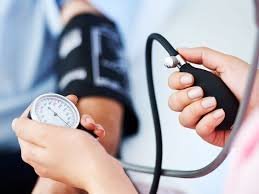What Do the Updated Blood Pressure Recommendations Mean for Outcomes-Based Wellness Initiatives?

The American College of Cardiology (ACC) and the American Heart Association (AHA) recently released new guidelines that LOWER the at-risk threshold for blood pressure (BP). The guidelines eliminate the “prehypertension” category, instead classifying BP as either “Elevated” (120-129 and <80), “Stage I hypertension” (130-139 or 80-89) and “Stage II hypertension” (>140/90 mm Hg).
The new guidelines are designed to support clinical care and treatment of hypertension, but what is the impact for outcomes-based wellness programs? To consider this, we go back to the recommendations and note that the new lower definition of hypertension should not be defined in a vacuum, but rather by using trended BP measurements over time. The ACC is careful to point out that more than one reading is needed to determine true BP.
US Wellness recommends that the use of BP in outcomes allow for a variability factor when BP is based on a one-time screening result. Our recommendation does not change with the updated recommendations, but is rather strengthened by the ACC’s note that hypertension risk needs to be determined based on various measurements over time. When using BP in outcomes-based wellness programs, employers should consider a threshold that accounts for the inherent variability of human BP and the ACC recommendations that true BP should be defined by looking at trended BP.
